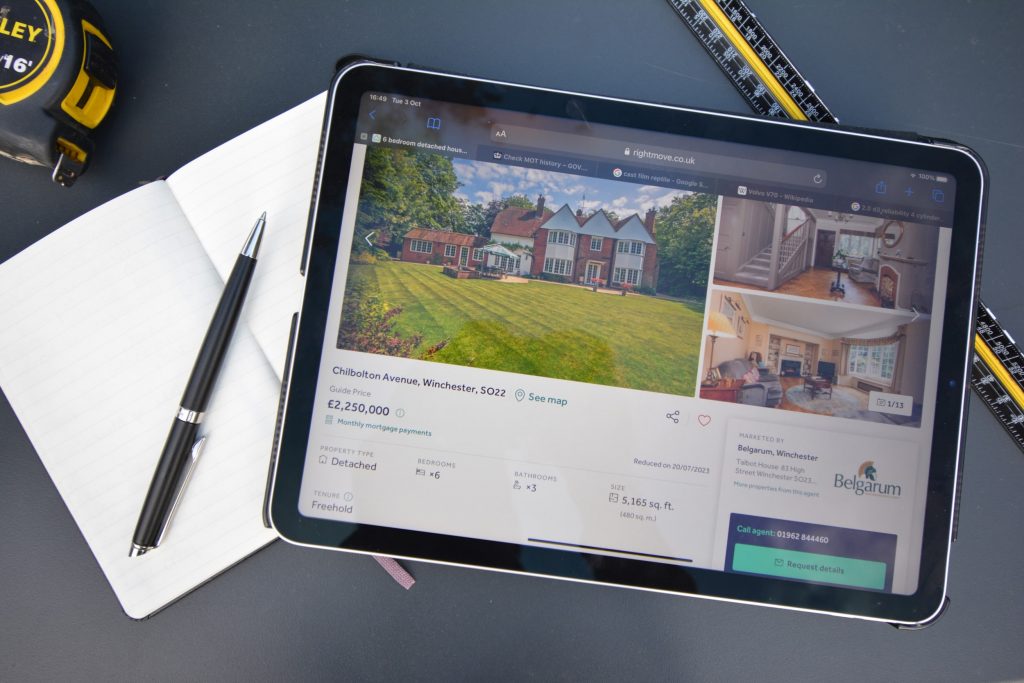
Are you planning to do a renovation, an extension, or a loft conversion to your house? Or is it a new construction project that you want to start? Some of these types of ideas that will result in a change to your home or business will require you to have planning permission.
This is simply a legal document from your local authority that shows that you have been approved to continue with a certain project and outlines the rules you are supposed to follow. If you do not follow them, you are bound to face the law, which is not a good idea.
To acquire one, then you need to follow the right planning permission stages.
Planning Permission Stages – What Is Planning Permission and Do You Need It?
As hinted, planning permission is a legal document from the government issued to show that your project has been legally approved and can take place. However, not all construction will require planning permission. While major construction will likely require this legal document, other projects such as renovations to the interior of your house may not require one.
If you are not sure whether your project requires this document or not, then you can rely on experts like Humphreysandsons. They can offer advice on planning permission stages and applications.
Before you start working on a project, please check if it requires planning permission.
Second Stage – Reach Out to the Local Authority’s Planning Department
Before you begin the process to get planning permission, it is essential to visit the local authority’s planning department. They will help you to understand if your application will be accepted in the first place. In case any changes are required, they will inform you of the issues. They will make sure the application is good to go.
Third Stage – Completing an Application
Now, it is time for you to fill in an application for planning permission. You can visit a reputable planning portal, where you can complete the majority of the application for your building and the planning process. Also, there are some other parts of the application that will be filled out by the local authority.
Alternatively, planning permission experts like architects or other professionals can assist you with the planning permission stages including the application. Many people prefer this route rather than trying to figure out the process themselves.
Regardless of whether you complete the planning permission stages on your own or with expert assistance, some of the information that you will need to provide includes the location of the site, the construction plans, property deed, application fee, and any other documentation your locality may require.
After submitting and paying the fee, the receipt will be sent through email to the applicant.
Planning Permission Stages – Application Assessment
After you submit the application, the local authority assesses it. They might approve or reject it depending on various factors such as details of your plans, noise, nature conservation, effect on surrounding buildings, and more.
Fifth Stage – Decision
This is the last planning permission stage. If your application was approved, then you can go ahead and start working on your project. If it was rejected, then you are not allowed to proceed with the project. You might require professional advice to help you understand where you went wrong.
In Conclusion
Those are all the planning permission stages you should follow when you have a construction project. But before anything, please check if your project requires one. If it does, then you can go ahead and follow the above process.










